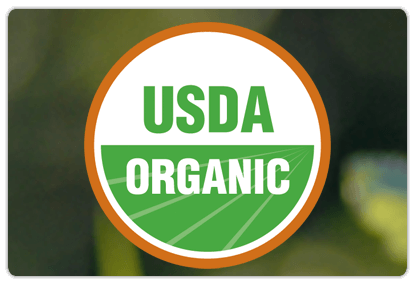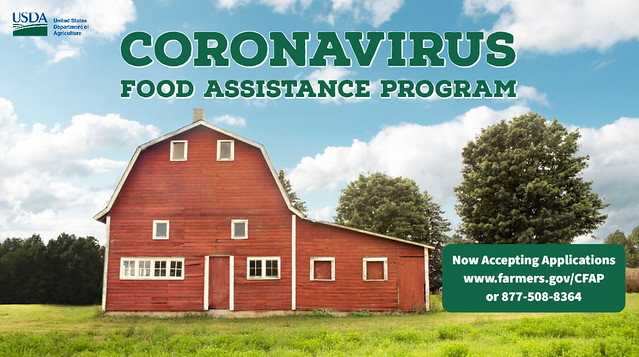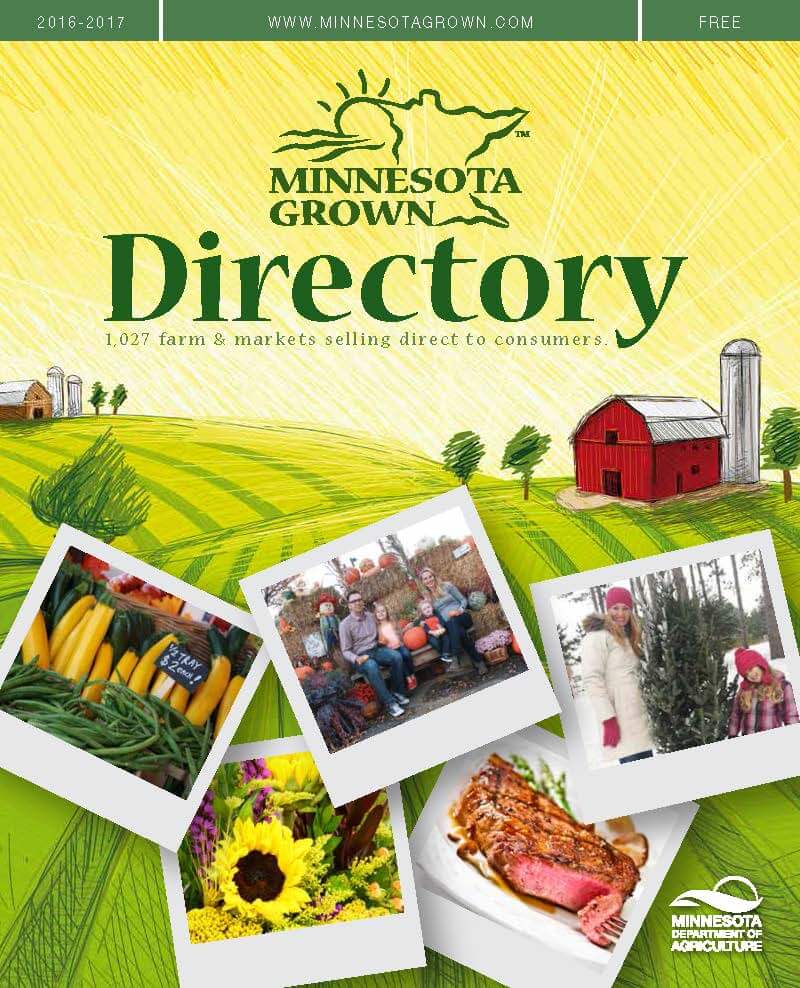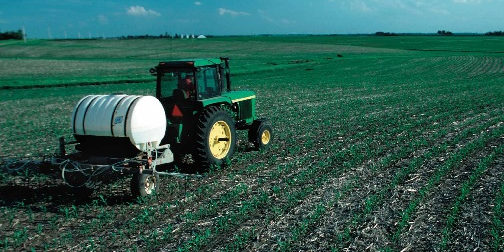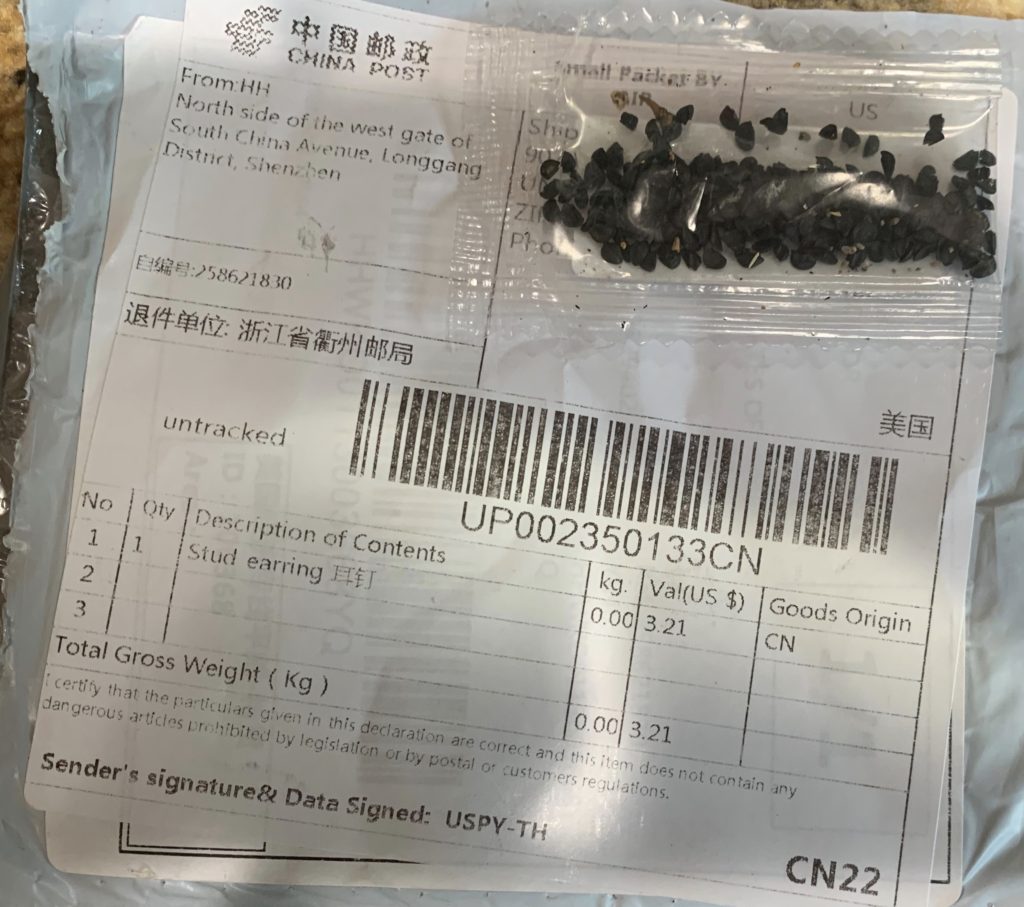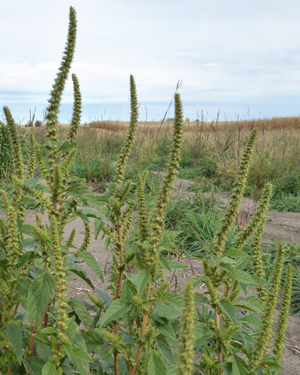Minecraft. The chances are good that you know what it is if you have kids. Would it surprise you if I said the dairy industry was thinking outside the box and turning to a video game such as Minecraft to help promote its products? Dairy Management Incorporated held a press conference recently to announce a partnership with four of the most influential gamers in the world to promote itself to people in “Gen Z (early teens to early 20s).”
The idea started growing late in 2019 when the dairy industry found out that per-capita dairy consumption hit its highest level in 60 years. America hasn’t consumed this level of dairy products since 1960, so the question is how to keep this trend going into the future? Dairy Management Incorporated CEO Tom Gallagher says you reach out to younger people on platforms where they already engage with each other.
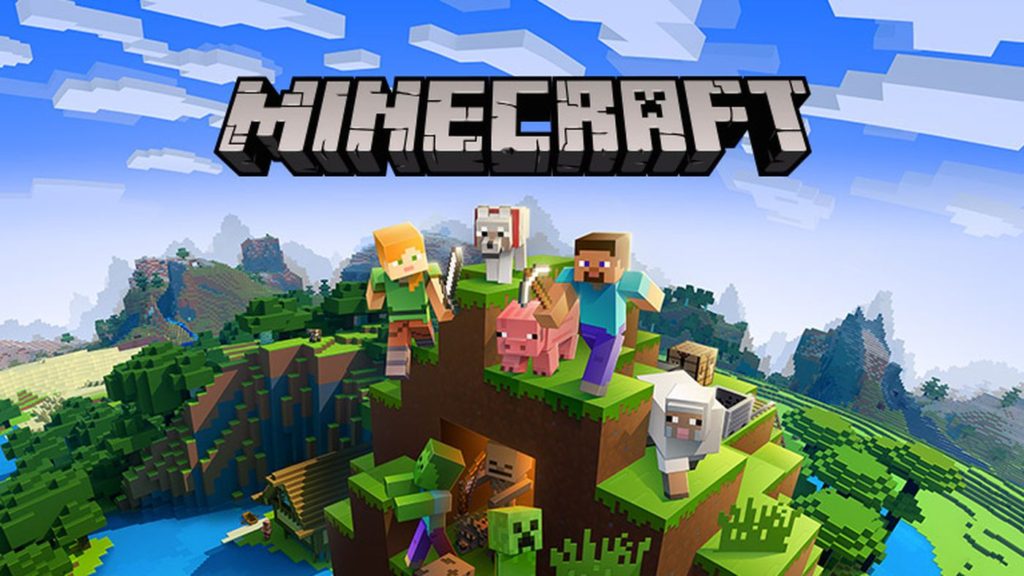
Dairy industry sustainability is another key driver in the new idea. “The businesses of dairy, such as the co-ops, the processors, and the manufacturers, have collectively set the goal of becoming carbon neutral by 2050,” Gallagher said.
“Dairy Management’s role in that is to support the environmental science, communications, and other relationships in achieving that goal,” he added. “While sustainability is important, it also has to be profitable for the industry. We are working on several different test cases on various farms to prove that profitability is possible, or what might need to change to make sustainability profitable.”
Gallagher said there is no sustainability without profitability. Without improving sustainability, farmers and the entire industry will likely be subject to very pejorative regulations in the future. It’s a chance for the industry to be proactive and avoid excessive regulations.
So how does Minecraft fit into the discussion? DMI had five college interns over the past summer who were in their low 20s and MBA students. DMI gave them the challenge to figure out how they would promote dairy sustainability to Gen Z if they had 10 million dollars to do the job. The students came up with the idea of promoting dairy through the video games that Gen Z plays.
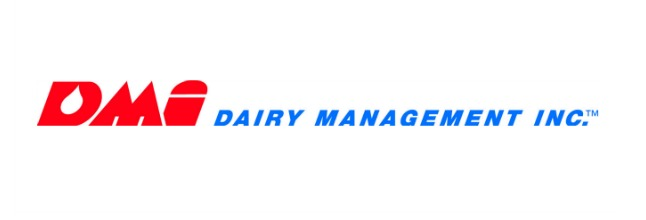
Joanna Hunter is the Executive Vice President of Communications with DMI, who says the dairy industry will work with four of the most well-known Minecraft gamers in the world. It’s a chance to reach the Gen Z audience through a platform they’re already engaging in.
“We are going to work directly with four gamers who combine for more than 120 million followers,” she said. “Each of the influencers will take part in a virtual visit to dairy farms of different sizes and locations across the country, and every farm will have its own sustainability practices.
“After that virtual visit, the gamers will take what they learned and build a dairy farm in Minecraft,” Hunter added. “They may challenge each other, or they may challenge their followers to build the best dairy farm.”
The overall goal is for the gamers to engage others in that sustainability story and how dairy farmers are working hard to bring a nutritious and sustainable product to their audience. The gamers will be putting out dairy-related content through November. Hunter says it’s a great time to use the platform for a unique two-way engagement with the intended audience.
This kind of work doesn’t get off the ground without direct support from dairy farmers. Aric DeJager owns and operates Icon Holsteins in Kersey, Colorado. His role will be to provide on-site dairy farm education for the four gamers through FaceTime. Like a lot of folks older than Gen Z, he’s learning about Minecraft from younger relatives.
“I’m learning a lot about the scale of this from my nieces and nephews,” he said. “I’m just figuring out exactly how popular this stuff is. These gamers will have 40 million young and impressionable people watching them build their dairy farms on Minecraft. I’m really excited to see how this goes forward from here.
“I think this is a great step in the right direction,” Jager added.
Gallagher says things are changing, and the industry has to change with the times. The days of three cable TV channels are over, and it’s a new generation of marketing.
“Things like traditional television and cable news just don’t present the same marketing opportunities they once did,” Gallagher said. “We have to go where the people are. Over the next year, we’re going to test some new things, including Minecraft.
“Through GenYouth and Fuel Up to Play 60, we’ll be doing some things with NFL Madden,” he added. “Retailers are starting to create their own media cloud as the more traditional forms of advertising have declined in their reach a bit. Companies like Quaker have gone to 70 percent digital advertising, with more and more retailers following suit.
“As retailers continue to test their own channels, we’ll be doing more and more testing with them,” Gallagher added.
Dairy industry sustainability is another key driver in the new idea. “The businesses of dairy, such as the co-ops, the processors, and the manufacturers, have collectively set the goal of becoming carbon neutral by 2050,” Gallagher said.
“Dairy Management’s role in that is to support the environmental science, communications, and other relationships in achieving that goal,” he added. “While sustainability is important, it also has to be profitable for the industry. We are working on several different test cases on various farms to prove that profitability is possible, or what might need to change to make sustainability profitable.”
Gallagher said there is no sustainability without profitability. Without improving sustainability, farmers and the entire industry will likely be subject to very pejorative regulations in the future. It’s a chance for the industry to be proactive and avoid excessive regulations.
So how does Minecraft fit into the discussion? DMI had five college interns over the past summer who were in their low 20s and MBA students. DMI gave them the challenge to figure out how they would promote dairy sustainability to Gen Z if they had 10 million dollars to do the job. The students came up with the idea of promoting dairy through the video games that Gen Z plays.
Joanna Hunter is the Executive Vice President of Communications with DMI, who says the dairy industry will work with four of the most well-known Minecraft gamers in the world. It’s a chance to reach the Gen Z audience through a platform they’re already engaging in.
“We are going to work directly with four gamers who combine for more than 120 million followers,” she said. “Each of the influencers will take part in a virtual visit to dairy farms of different sizes and locations across the country, and every farm will have its own sustainability practices.
“After that virtual visit, the gamers will take what they learned and build a dairy farm in Minecraft,” Hunter added. “They may challenge each other, or they may challenge their followers to build the best dairy farm.”
The overall goal is for the gamers to engage others in that sustainability story and how dairy farmers are working hard to bring a nutritious and sustainable product to their audience. The gamers will be putting out dairy-related content through November. Hunter says it’s a great time to use the platform for a unique two-way engagement with the intended audience.
This kind of work doesn’t get off the ground without direct support from dairy farmers. Aric DeJager owns and operates Icon Holsteins in Kersey, Colorado. His role will be to provide on-site dairy farm education for the four gamers through FaceTime. Like a lot of folks older than Gen Z, he’s learning about Minecraft from younger relatives.
“I’m learning a lot about the scale of this from my nieces and nephews,” he said. “I’m just figuring out exactly how popular this stuff is. These gamers will have 40 million young and impressionable people watching them build their dairy farms on Minecraft. I’m really excited to see how this goes forward from here.
“I think this is a great step in the right direction,” Jager added.
Gallagher says things are changing, and the industry has to change with the times. The days of three cable TV channels are over, and it’s a new generation of marketing.
“Things like traditional television and cable news just don’t present the same marketing opportunities they once did,” Gallagher said. “We have to go where the people are. Over the next year, we’re going to test some new things, including Minecraft.
“Through GenYouth and Fuel Up to Play 60, we’ll be doing some things with NFL Madden,” he added. “Retailers are starting to create their own media cloud as the more traditional forms of advertising have declined in their reach a bit. Companies like Quaker have gone to 70 percent digital advertising, with more and more retailers following suit.
“As retailers continue to test their own channels, we’ll be doing more and more testing with them,” Gallagher added.

